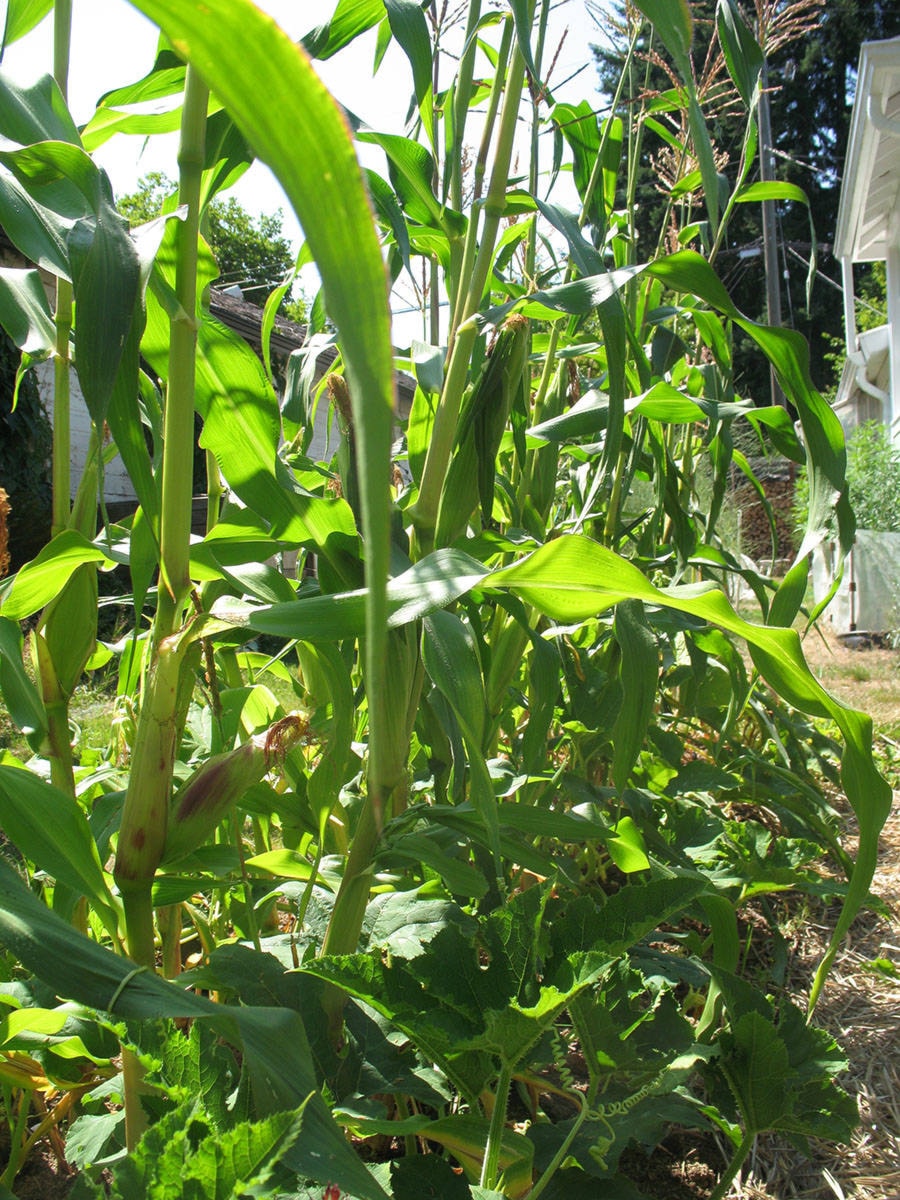By Mary Lowther
Half the battle in growing an excellent garden depends on how the gardener waters it.
Too much water drives out soil nutrients and encourages diseases. Too little results in stunted, dried out crops, if they even survive. Gardens can be grown without any watering at all, and when our summers had a bit more rain, I used to grow garlic this way. Now that our summers get dryer and hotter, I plan on putting them on the same schedule as the rest of the garden; half an hour every four days with a soaker hose. I’ll wait until this rain finally stops before I set out the hoses, probably around the third week of June.
I have two timers that go on two spigots — one at the front and one at the back. The timers are set for half an hour, every four days and they start at 3 a.m. Five sections of the garden get watered in sequence, so the whole garden is watered before 5:30 a.m. David says I’m two-timing the garden.
Before I got the timers I thought just having soaker hoses was the cat’s meow and I was so clever, saving water and turning weeding into a minuscule part of summer gardening, but the timers have released me from the tedium of moving hoses and having to remember to water. I put fresh batteries into the timer at the beginning of the season and I’m off to the races. I can go away for a couple of weeks in the summer, knowing that the garden will be fine as long as someone harvests whatever’s ready while I’m gone.
When I sow seeds, I hand water them or use a fine spray hose until they are an inch or so high, then they go on the soaker hose routine. Once the hot, dry weather arrives, sending slugs et al for more clement yards, I cover bare soil with hay, pieces of cardboard, grass clippings or weeds that haven’t gone to seed, in order to keep the soil cool and reduce weed buildup. This cover is called “mulch”. Straw works too, but I prefer hay because it has seeds in it that sprout once fall rains get here and these sprouts augment the cover crop I sow to retain nutrients over the winter.
At the end of summer, I rake off all the mulch and toss it into a pile destined for the compost heap, because I’ve found that mulch left on the garden fosters hordes of slugs and sow bugs, ready to pounce on any unwary seedling the following spring.
Recipe:
Given the rising cost of cheese these days, here’s a war time recipe that suggests one way to stretch it so that you end up with two kinds of cheese:
Put 4 oz. roughly grated cheese into a saucepan. Add 4 to 5 tablespoons of milk and ½ teaspoon of caraway seeds or celery seeds, or any other spice or herb you choose. Bring slowly to the boil.
Pour altogether into a small basin. Cover and leave to cool and set thoroughly. Use the top layer as a cream cheese spread. The bottom layer will be firm and savoury.
Please contact mary_lowther@yahoo.ca with questions and suggestions since I need all the help I can get.
